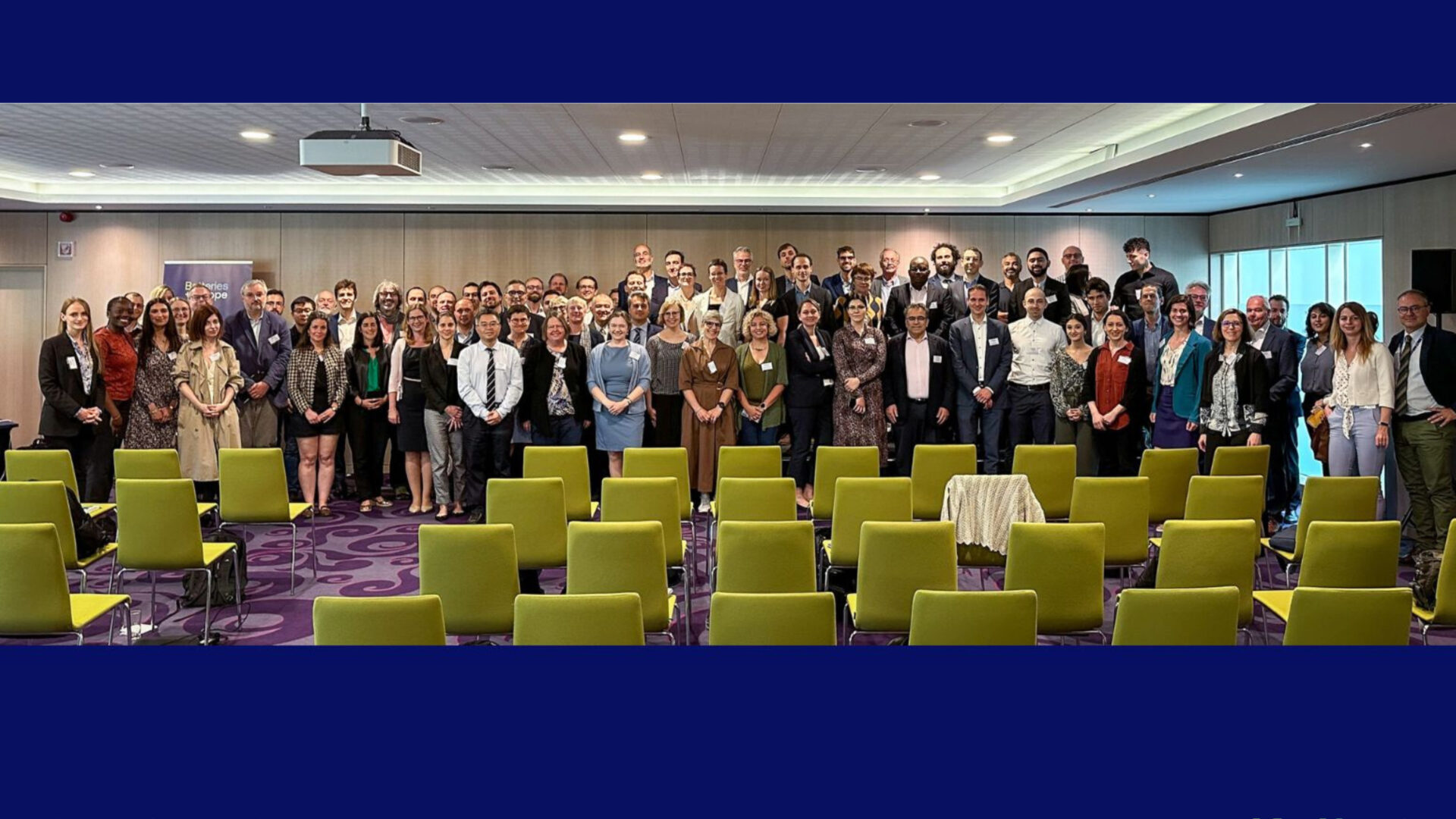12 September 2024:
The European Commission’s long-awaited report on the Future of EU Competitiveness by Mario Draghi was released this week and sets the role in the shaping of the new European Commission’s strategic direction.
The report outlines the challenges Europe faces, such as slower productivity growth compared to the U.S. and China and the impact of technological disruptions. It suggests three main areas for action: closing the innovation gap, fostering a competitive decarbonisation plan, and increasing security by reducing dependencies.
Although the report summary is 65 pages long and is accompanied by an additional 328 pages of annexes with specific policy recommendations, please find below some key points relevant to the energy storage sector.
Emphasis on clean tech manufacturing
Europe has the potential to become a leading industrial force but may face challenges in scaling up clean technologies. Meanwhile, China and the US, with their strong industrial policies and substantial investments in cleantech, are already seeing significant benefits.
To leverage on the momentum of decarbonisation, Europe should redirect its support for clean tech manufacturing towards technologies where it either holds a competitive edge or has a strategic reason to build domestic capacity.
In particular, the next Multiannual financial framework (MFF) should streamline funds dedicated to cleantech manufacturing, prioritising areas where the EU has a strong advantage and high growth potential – such as the promising opportunity of batteries.
The risk facing Europe’s clean tech sector
Despite being a global leader in clean tech innovation, Europe is losing its early-stage advantages due to shortcomings in its innovation ecosystem. The clean tech sector faces similar obstacles to those seen in the digital sector, such as barriers to innovation, commercialisation, and scaling up. Challenges include the absence of a unified Single Market for commercialisation, insufficient financing, and a scale-up gap compared to the U.S
Essential actions to enhance the competitiveness of clean tech:
- Prioritise financing: The report suggests increasing and targeting public funds on de-risking private capital, including though public guarantees, attracting more institutional investors to cleantech and better using ETS revenues – all measures that the cleantech community has called for.
- Urgent trade realignment: It is critical to enhance the viability of new investments by implementing local content requirements and other trade measures, similar to what the U.S. and China are doing, until emerging technologies achieve scale.
- Infrastructure is key: Substantial investments are needed in infrastructure, particularly in electricity grids, clean energy production, and energy storage, to strengthen the business case for the cleantech transition.
A unified plan for decarbonisation and competitivenes
- Lower the cost of energy for end users: While natural gas will remain part of Europe’s energy mix in the medium term, demand is expected to drop by 8%-25% by 2030. To manage price volatility, the report suggests joint procurement, long-term partnerships with diverse suppliers, and reduced reliance on spot markets. Financial limits and common trading rules are also recommended. The report also calls for separating clean energy prices from natural gas using tools like PPAs and CfDs. Expanding these agreements and reducing financial risks, especially for small businesses, along with lowering energy taxes and capping surcharges across the EU, could help cut energy costs.
- Focus on clean tech manufacturing: To boost decarbonisation, Europe should focus especially on areas where it has a lead or strategic interest, like batteries. The EU should streamline funding for clean tech under the next budget, making it easier for companies to apply and access support. Financing should cover both capital and operational costs. To encourage private investment in innovative clean tech, dedicated funding schemes should be created. The report also recommends setting a minimum quota for locally produced products in public procurement and auctions, with a focus on innovative and sustainable solutions. Member States should act as early customers for new technologies to help “infant industries” grow.
- Trade policy: It will be key to balancing decarbonisation with competitiveness by securing supply chains, expanding markets, and countering state-backed competition. Since clean tech supply chains are concentrated, the EU can benefit from partnering with regions rich in renewable energy and raw materials to meet its climate goals affordably. The EU should also invest in other countries to expand markets for clean technologies. The report suggests forming industrial partnerships with third countries through supply agreements or joint manufacturing investments, using the EU’s Global Gateway for funding. If faced with unfair competition, the EU should apply trade measures.
What does this mean for the flow battery sector?
It’s great news to see that the report recognises the importance of reaching Europe’s decarbonisation goals and underlines the importance of energy storage such as flow batteries to help achieve this goal.
Reliable energy storage is crucial for maintaining a stable energy supply, enhancing grid stability in light of the increasing share of renewables. Front-of-the-meter battery technologies are mentioned as key technology to achieve decarbonisation targets, but also to accelerate renewable energy deployment and to lower energy prices. Flow batteries can play an important role in facilitating the EU’s transition to a sustainable energy system.
Overall, the report strongly advocates for a new industrial strategy for Europe, calling for unprecedented levels of investment which the clean tech sector needs.






